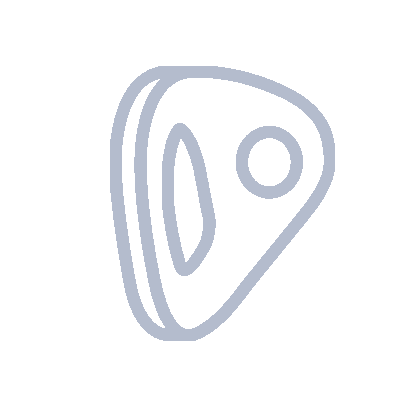



On the left of the crag is a prominent, rounded dome about 40m high - the Silhouette Boulder. A clean crack runs up the front of the rounded face. This is Silhouette Crack. To the right of the dome is an easy gully formed where it meets a slab. This is the "B" Descent Gully. The easiest approach is to follow the gravel path onto the granite slabs. Traverse onto the slabs near the top of the Silhouette Boulder. Follow the first gully down to the right to emerge at the bottom of Silhouette Boulder.
To appraoch this sector from the climber's path, turn left where the path exits the gum forest. Follow an eroded path up the slope past a conspicuous cave formed by large boulders leaning against each other. Cross the slope to the base of Silhouette Boulder.
The quickest descent is to follow the "B" Descent Gully back to the base of the climbs. Alternatively, walk left at the top of the Silhouette Boulder to rejoin the gravel path at the switchback.
























